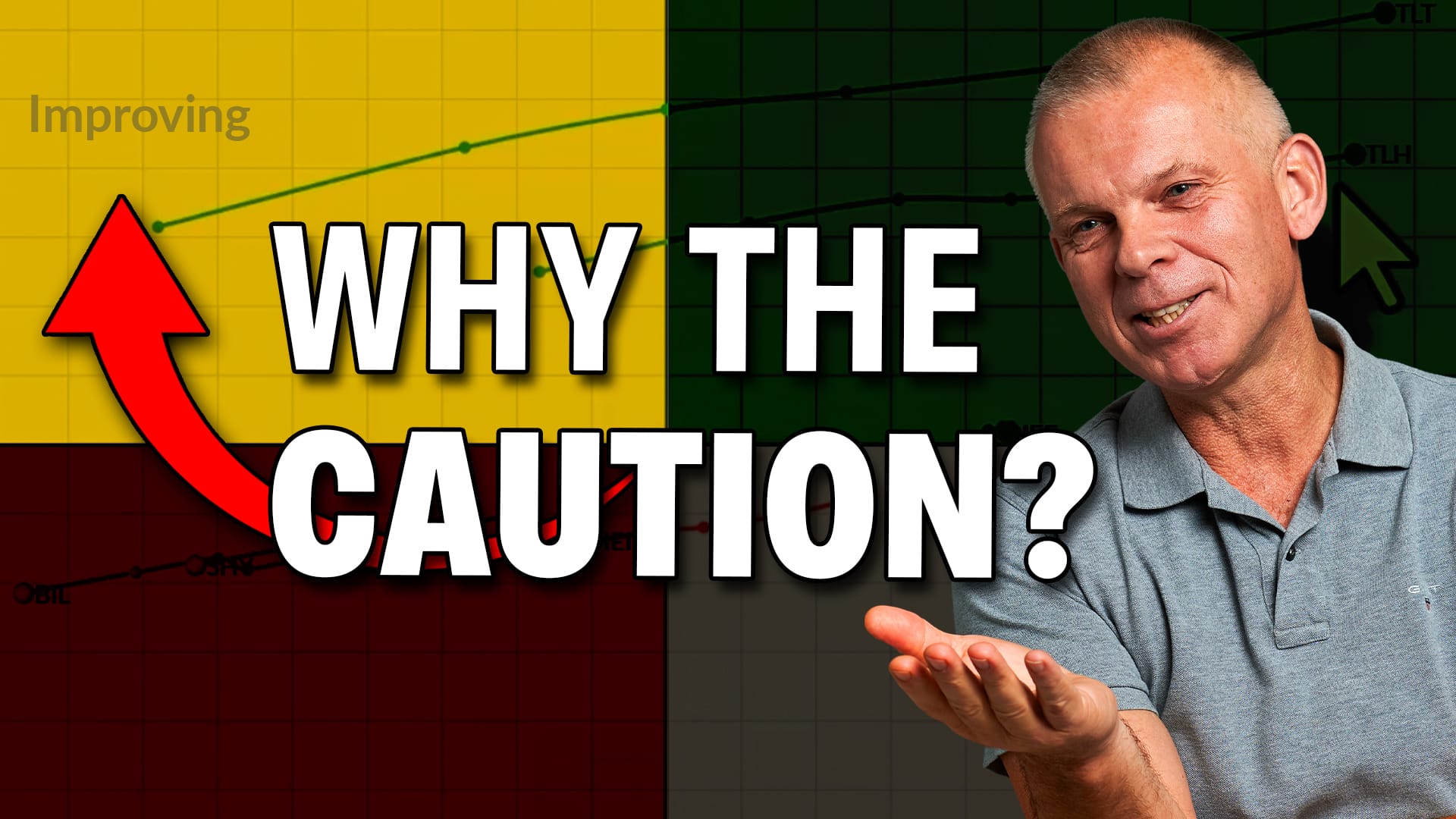STOCK INDEXES TEST OVERHEAD RESISTANCE WHILE LOOKING OVEREXTENDED -- FINANCIALS AND MATERIALS TEST 200-DAY LINES -- UTILITIES NEAR A NEW RECORD HIGH -- COPPER ACHIEVES BULLISH BREAKOUT AS COMMODITIES STRENGTHEN
MAJOR STOCK INDEXES TEST OVERHEAD RESISTANCE ... All three major U.S stocks are testing overhead resistance barriers. Chart 1 shows the Dow Industrials right up against their early December peak at 26000. That's the Dow's first test of a previous peak formed during the fourth quarter selloff. In addition, its 14-day RSI line (upper box) has reached overbought territory at 70 for the first time since early October. That combination suggests that this might be a logical spot for the Dow to encounter some short-term profit-taking, or consolidate some of its recent gains. If it does pull back, it could retest support at its 200-day average. Chart 2 shows the S&P 500 nearing its December intra-day peak at 2800. It too is overextended. The upper box shows its more sensitive 9-day RSI line forming a second peak above its 70 line. That suggests that the SPX may also be vulnerable to some profit-taking. Chart 3 shows the Nasdaq Composite Index struggling with its 200-day average (red line) and potential resistance at its December high. Its 14-day Rate of Change (ROC) line (top box) shows some weakening in short-term momentum.

(click to view a live version of this chart)
Chart 1

(click to view a live version of this chart)
Chart 2

(click to view a live version of this chart)
Chart 3
FINANCIAL AND MATERIALS SPDRS TEST 200-DAY LINE... Financials have had a good week. Chart 4, however, shows the Financial Sector SPDR (XLF) in the process of testing its 200-day average. Materials stocks have also picked up this week. Chart 5, however, shows the Materials SPDR (XLB) also encountering some selling at its 200-day line. This week's buying in materials came mainly from gold and copper stocks. Both commodities are having a strong week. Yesterday's chart showed the price of gold rising to the highest level in ten months. Chart 6 shows copper climbing yesterday to the highest level since July. Crude oil also hit a three-month high yesterday, which suggests that investors are taking a second look at commodity assets (more on that shortly).

(click to view a live version of this chart)
Chart 4

(click to view a live version of this chart)
Chart 5

(click to view a live version of this chart)
Chart 6
UTILITIES NEAR RECORD HIGH ... With stocks still in rally mode, it seems a little strange to see utilities being today's strongest sector. Not only that. It's nearing a potential upside breakout. Chart 7 shows the Utilities Sector SPDR (XLU) testing its December high and a potential new record. That's not supposed to happen during a stock market rally. Low bond yields account for some of the recent buying of utilities (and other dividend-paying stocks). But a record high in utilities could also be taken as a caution signal for stocks. The solid line plots a relative strength ratio of the XLU divided by the S&P 500. The rising ratio during the fourth quarter reflected safe haven buying in utilities as stocks sold off. The declining ratio since late December shows utilities underperforming as stocks rallied sharply. The ratio is now showing signs of turning higher. A higher relative strength ratio for utilities could be taken as another sign that the stock rally has come too far too fast, and is due for some profit-taking.

(click to view a live version of this chart)
Chart 7
OVERBOUGHT BOND PRICES MAY BE VULNERABLE TO PROFIT-TAKING... Bond prices have rallied along with stocks since the start of the new year. That's been most likely the result of the dramatic shift to a more dovish Fed during January which boosted bond and stock prices together. But bond prices also look overextended and vulnerable to profit-taking. The green line in Chart 8 shows the 7-10 Year Treasury Bond iShares (IEF) up against potential overhead resistance formed by its mid-2017 price peak (green circle). In addition, its 14-RSI line (upper box) has been dropping from overbought territory over 70 formed during December. That shows loss of upside momentum. There's another intermarket factor thing that could also weaken bond prices.
BOUNCING COMMODITIES: The brown line in Chart 8 is the Bloomberg Commodity Index ($BCOM). Notice that the drop in commodities starting last May coincided with a bottom in bond prices (green line). A second commodity peak during October gave bond prices an even bigger boost. That's because bond and commodity prices usually trend in opposite directions. The BCOM, however, bottomed at the end of December and is now rebounding (brown arrow). That commodity bottom coincided with a late December peak in bond prices. The commodity rebound isn't strong enough at this point to signal a major turn to the upside; but could be enough to weaken an overextended bond market which peaked at the end of December. And get the Fed's attention.
THE FED IS ON INFLATION WATCH: There's another reason why the recent commodity rebound needs to be watched closely. Minutes from the Fed's January meeting showed some members willing to stay "patient" on any rate hikes as long as inflation shows no signs of rebounding. Which raises the possibility that any inflationary threat from higher commodity prices might be enough to cause some members of the Fed to have second thoughts about their newly-adopted dovish stance. And grow less patient.

Chart 8








